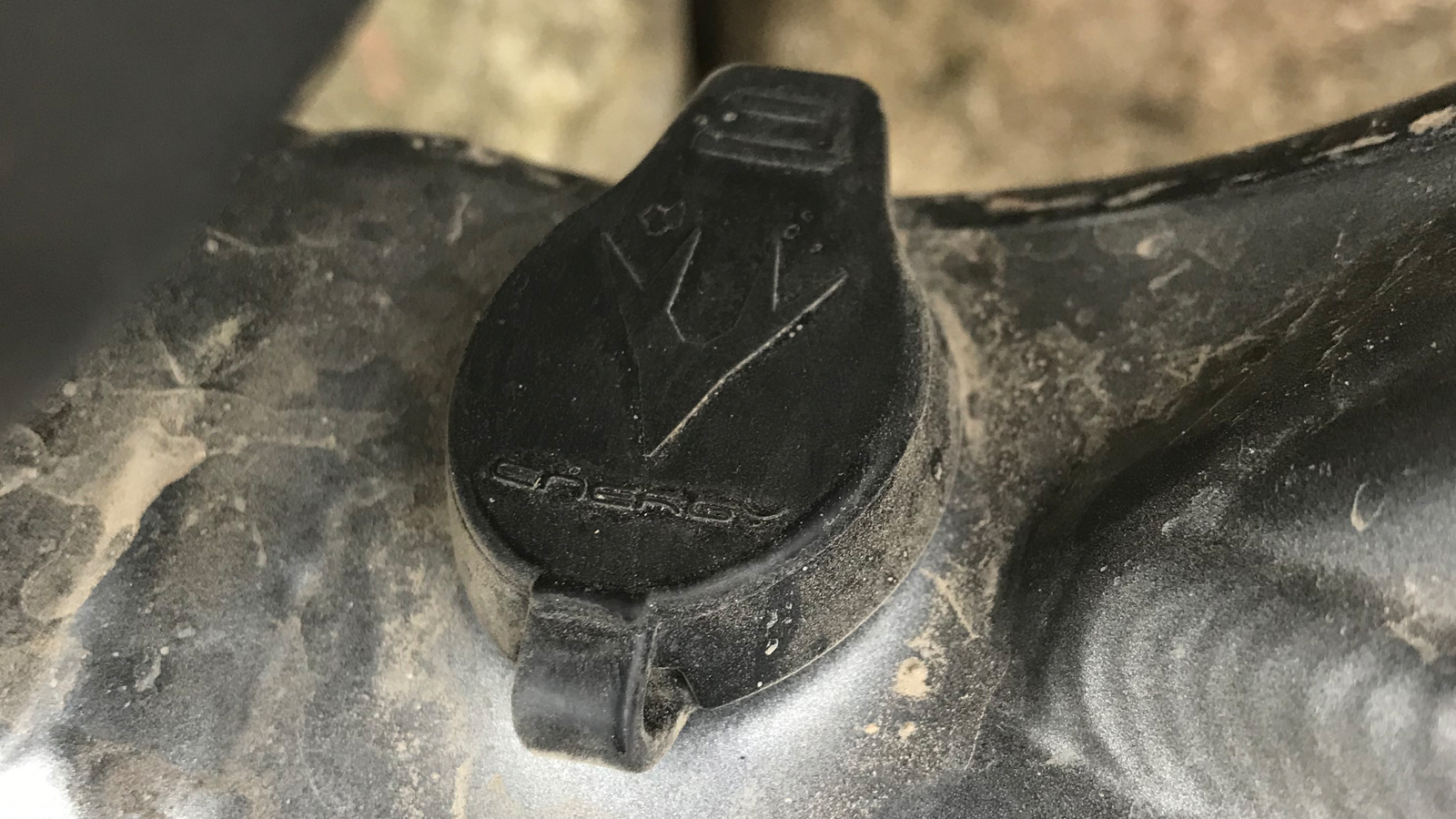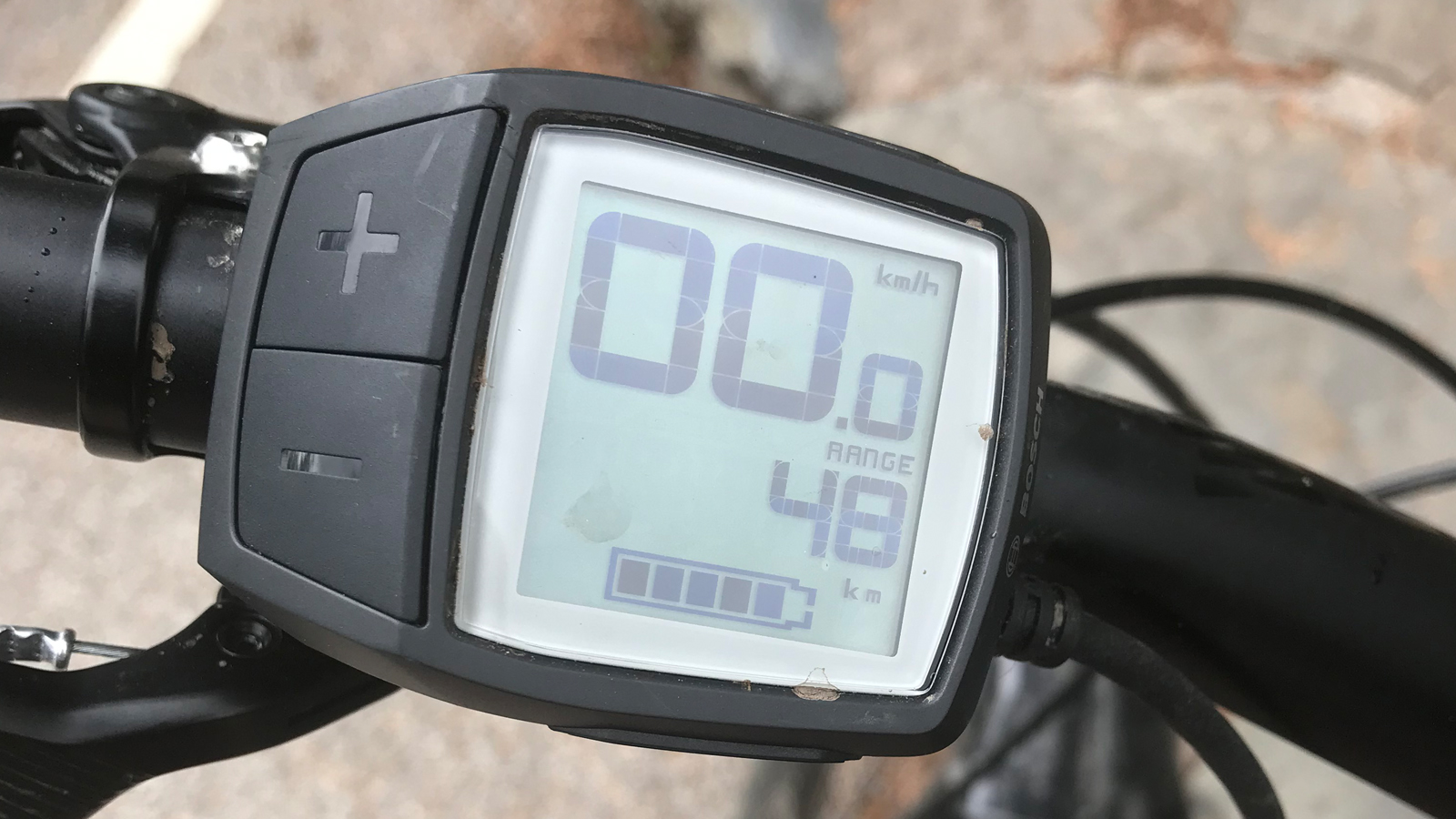Bike Perfect Verdict
Genuinely next level agility and flat-out confidence with big battery range and excellent long-term user-friendliness at a great price.
Pros
- +
Hilarious handling swagger
- +
Great motor
- +
Big battery
- +
Long-term practicality
- +
Excellent price
Cons
- -
Slammed ground clearance and tyre spec won’t suit ‘tourers’
- -
Basic head unit
Why trust BikePerfect
Whyte is late to the e-bike party, but the UK company has taken the time to ensure the new E-150 and E-180 bikes have its trademark radical handling and sorted suspension. In fact they might even be better.
Whyte is a relatively small company and making an e-bike requires a serious investment compared to the gradual evolution of conventional bikes, so it was crucial it nailed its objectives first time.
Design objectives
One of the key design goals was to keep the same suspension kinematic on both purely human and motor assisted machines. Luckily Whyte’s existing top tube parallel shock layout meant there was plenty of BB space already. The fact Bosch’s new Generation 4 Performance CX motor is 48% smaller made the packaging even easier. Roll the motor round slightly in the frame and it even allows a relatively short 440mm chainstay.
Add the stabilising and shock flattering effect of the increased sprung to unsprung weight ratio and the E-150 is both super supple but still supportive in the mid stroke. While it only gets a simple Motion Control damper, the big DebonAir negative spring means the Yari fork is similarly supple then supportive up front.
Geometry is a further progression of Whyte’s work at the leading edge of long and low. At 65 degrees head and 75 seat it’s 0.5 degrees slacker at the front than Whyte’s S-150. With a 440mm chainstay length and 490mm reach it’s also longer, but the maddest number here is the BB height. At 328mm, it’s low for a 130mm bike let alone a 150mm rig.
Whyte has also rolled the motor and slid the Power Tube battery down the front of it, so there’s nearly 10cm of ‘keel’ below that. The battery sits inside a full down tube for extra stiffness and lower weight compared to an open ‘gutter’ style set up.
How it rides

This ultra decked feel gives the kind of carving through turns that you’d expect from wearing lead diving boots on your feet. The latest High Grip TriTech compound, Heavy Duty carcass WTB Vigilante and Verdict tyres in a 27.5x2.5in size are properly aggressive and low pressure stable too so bar dragging doesn’t mean burping even when you’re surfing the drift on rocky trails.
The short offset Yari fork and 37mm stem holding a 780mm bar keep steering super light for tweaking mid corner traction and snapping the bike in and out of turns too. The end result is a bike that feels far smaller and more agile on the trail than it has any right to, considering it weighs 24.2kg (large without pedals). That means none of the threat of high siding or tram lining that many higher centre of gravity e-MTBs suffer from and very little adjustment time before you’re sighting lines as far down the trail as you can and throwing your hips through them at a speed that makes Shakira look like your nan.
The low, centralised mass means the big 200mm rotor Guide RE brakes don’t make it pitch too much when you’re braking late and loaded and it flies and launches like a normally balanced bike too. In fact the extra mass and stability before better damped landings means it generally looks after you better than a normal bike when things get sketchy.
For riders who really want to go big there’s an E-180 RS with Fox 36 fork and DHX2 coil rear and 64 degree head angle.
The end result is a bike that feels far smaller and more agile on the trail than it has any right to.
Guy Kesteven
Power and battery range

The new Bosch motor is a big step up too. It’s 25% lighter but gives more assistance (340% versus 300%) through a wider pedal rev range (up to 80rpm) before it tails off. It’s much quieter and there’s minimal drag if you pedal past the limiter too, which was always the killer with previous Performance CX motors. You also get ‘proper’ cranks and a 34 tooth SRAM EX1 X-Sync 2 chainring to spread chain load and wear. The software is configured specifically for the reduced leverage of the shorter 165mm cranks needed for ground clearance. A 625 watt/hour Power Tube battery gives a 60km plus range even if you’re riding for excitement not economy and the hydroformed down tube has ‘future proofing’ space for bigger or smaller cells.
Service support
In typical Whyte style, all the suspension bearings are lifetime warrantied, the seat post and cable exits are sealed and the battery and motor come with a two year warranty as well. Pricing is very good for a shop bought bike too, with the RS option adding a Lyrik Select fork (with Charger 2 damper) and SRAM X01 Eagle rather than GX.
Whichever version you get, the result is a bike that’s hilariously easy to ride crazy fast in any situation - even twisty uphill singletrack - and you don’t have to be an expert bike wrangler to work with the weight either. The big battery means you can get a ton of fun in before your legs die rather than constantly watching the bars on the Purion display.

The not so good bits
As with any radical bike design there are downsides. For a start, the Purion display definitely looks dated compared to Shimano’s Steps cockpit and switchgear or Bosch’s own, feature-rich, smart phone synced Kiox display. Brose still delivers more power (90nm v 75nm) and a higher 400% peak assistance from their bigger, heavier motor too.
The super low BB means more danger of sumping out on rock ledges and logs, a definite worry as the motor cables come directly out of the belly of the bike. Even with 165mm cranks you will inevitably get more pedal strikes on uneven surfaces too, although this wasn’t anywhere near the issue we thought it might be in the month of pre-release test riding we did on the bike. Nearly 3kg of Heavy Duty, High Grip 27.5in tyres with super toothy tread inevitably impact acceleration, rolling speed and range compared to a faster rolling 29er set up.
Final verdict
Like the low BB, the tyres are perfect for Whyte’s clear intent to make the E-150 handle flat out speeds and radical terrain better than any other ‘trail’ e-MTB. The grins it’s delivered every time I’ve ridden it means Whyte has definitely set a whole new benchmark on those terms too, with battery range, motor performance, long term user-friendliness and value as extra bonus wins. Or as Whyte’s Andy Jeffries puts it “This is the best mountain bike we’ve ever made. So far.”

Guy Kesteven has been working on Bike Perfect since its launch in 2019. He started writing and testing for bike mags in 1996. Since then he’s written several million words about several thousand test bikes and a ridiculous amount of riding gear. He’s also penned a handful of bike-related books and he reviews MTBs over on YouTube.
Current rides: Cervelo ZFS-5, Specialized Chisel, custom Nicolai enduro tandem, Landescape/Swallow custom gravel tandem
Height: 180cm
Weight: 69kg

